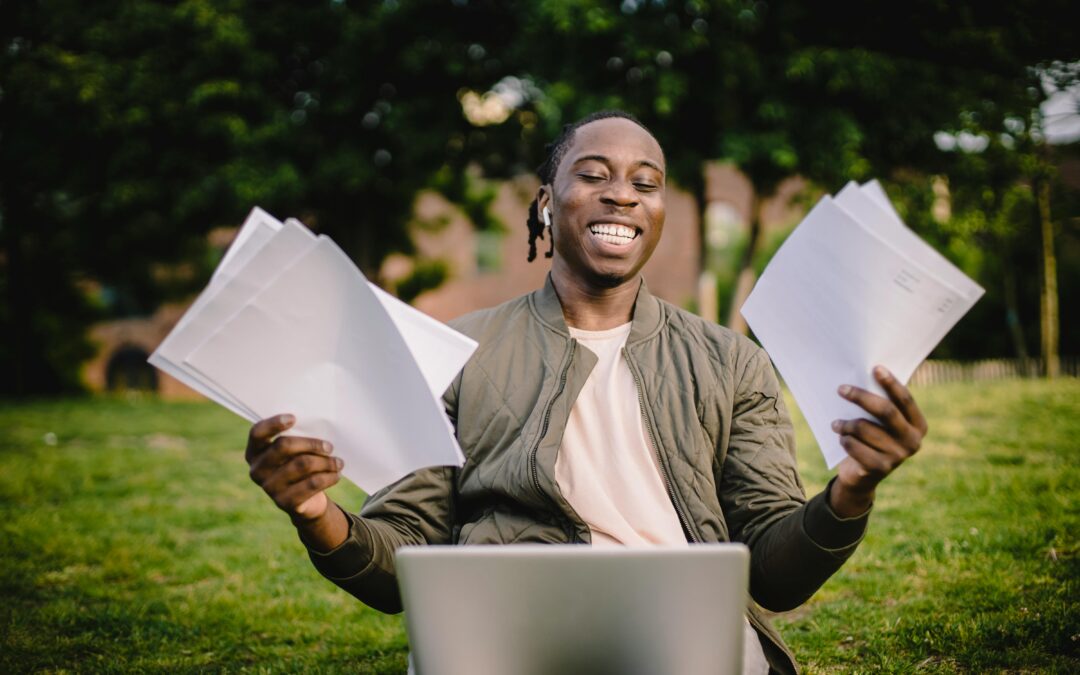As a teacher with experience across both primary and secondary schools, I’ve seen it all. There’s the magic moment when a student’s attention shifts from whatever they’re doing on their phone, or the casual chat with a friend, to you. They’re focused. You’ve got them. But here’s the thing: once you’ve got their attention, what comes next? That’s the challenge, isn’t it?
In my role as a consultant, working with over 40 schools this past term, I’ve seen a noticeable shift in behaviour when teachers use specific strategies to secure attention. These strategies are making a real difference, and there’s a lot of excitement around it. But, as many of us know, getting students to listen is only half the battle. The real question is, how do we maintain that attention and ensure that the lesson actually lands?
Let’s take a look at some strategies that can help once you’ve got their attention—and trust me, I’ve learned this the hard way over many years of trial, error, and plenty of reflection.
1. The Power of the Pause: Don’t Rush In
One of the simplest yet most effective strategies I’ve learned is the power of the pause. When you have their attention, don’t rush to fill the space with words. Give it a moment. A brief pause in the lesson can be incredibly powerful.
When I first started teaching, I’d feel the need to talk constantly, to say something in every moment. But I’ve come to realise that silence can be just as impactful. It’s like a space that invites curiosity. I’ve noticed that when I pause—even for just a few seconds—it invites students to lean in, to wonder, “What’s coming next?” And it gives them a chance to reflect.
This works across all ages, but especially in secondary classrooms where there’s so much to compete with. The pause signals, “I’ve got something important to say, and I’m asking you to be part of it.”
2. Relate to Their Interests (Even If You’re Not Up-to-Date)
Once you have their attention, it’s time to make it relevant. Let’s face it: students are far more likely to stay engaged when the content connects to their own lives. The tricky part is, how do you make a subject like algebra or World War I feel relevant to a teenager who’s probably just thinking about their next Instagram post?
Over the years, I’ve learned to find creative ways to make connections. In secondary, it’s about finding those cultural touchpoints—whether it’s a popular song, a trending TikTok, or a meme. And yes, I’ve been guilty of occasionally leaning into outdated references (thanks for your patience, kids). But even if I don’t know the latest trend, I can often pull on broader ideas—like how social media shapes public opinion or how historical conflicts still affect modern politics.
With primary students, it’s a little easier. A lot of them are still deeply invested in the wonders of imagination. But the same principle applies: make the lesson something that ties into their world. A story, a game, or an analogy they can relate to. It’s about tapping into what they care about.
3. Move, Don’t Stay Static
One of the biggest mistakes I’ve made, especially in my early years of teaching, was staying in one spot. Standing in front of the room like a lecturing statue doesn’t exactly scream “engagement”. When you’ve got their attention, keep that energy moving. Whether it’s walking around the room, using gestures to emphasise key points, or even inviting students to stand or move around for a quick task, variety can help sustain focus.
When I teach secondary students, I find that incorporating movement—like having them move to different stations or work in pairs—keeps the energy in the room from lagging. In primary, it can be as simple as having them physically rearrange their desks or partners to break the routine. These shifts keep the classroom dynamic, and it signals to students that something new is coming.
4. Keep It Interactive (You’re a Facilitator, Not a Lecturer)
This may seem obvious, but I’ve learned that one of the best ways to keep a class engaged is to make them work—not just you. It’s easy to fall into the trap of thinking you need to present everything in a perfect, seamless way. But the reality is that students are far more likely to stay focused when they are active participants.
Think about it: when was the last time a lecture kept you on the edge of your seat? Exactly. When students contribute to the lesson, whether it’s through questioning, peer discussions, or small group tasks, they are more likely to remain engaged. I’ve experimented with random question prompts, where students need to answer quickly, or even turn-and-talk exercises that help break up the flow.
The goal is to invite students into the process of learning. I’ve seen, time and time again, that when students take ownership of their learning, the classroom atmosphere shifts. And when they’re engaged? Their attention stays with you longer.
5. Don’t Forget Positive Reinforcement
So, now you’ve got their attention, and they’re actively involved—but how do you make sure they keep it? Recognising and praising effort, not just achievement, is key. Over the years, I’ve noticed that students—especially in secondary—respond to praise for their effort more than for the end result. It’s all about the process, not just the product.
This doesn’t mean over-the-top praise for every little thing, but subtle, specific feedback works wonders. “Great question, Hannah. I love how you’re thinking critically about the concept,” goes much further than a generic “Well done!” It reinforces the behaviour you want to see and shows that you’re paying attention to them, not just the lesson.
Wrapping It Up: What Now?
So, once you’ve secured their attention, it’s about using that moment wisely. The strategies above—pausing, relating to their world, mixing up your approach, and keeping it interactive—are just a few tools I’ve gathered over the years. The truth is, there’s no one-size-fits-all formula, and I’m still learning, just like every other teacher out there.
But what’s clear is this: securing attention is just the first step. The real work happens when we take that focus and turn it into something that sticks. And when it does? Well, that’s when the magic happens.
Now, if only I could figure out how to get their attention back after the bell rings…



